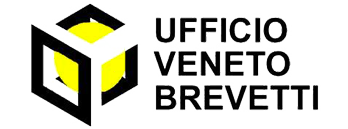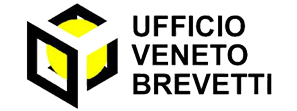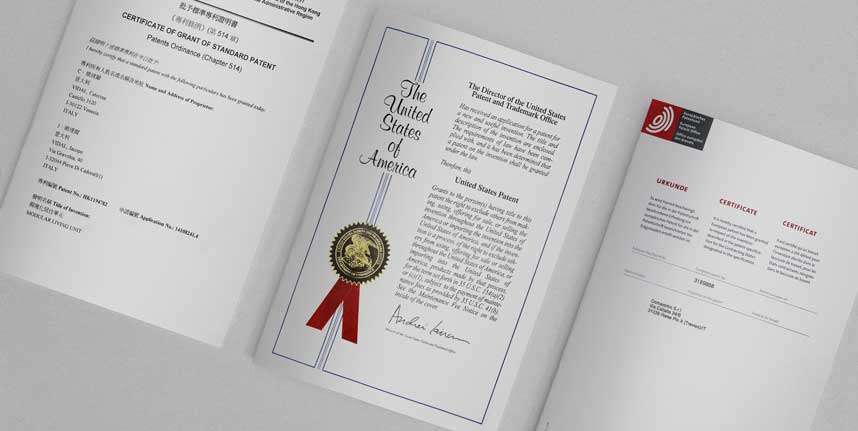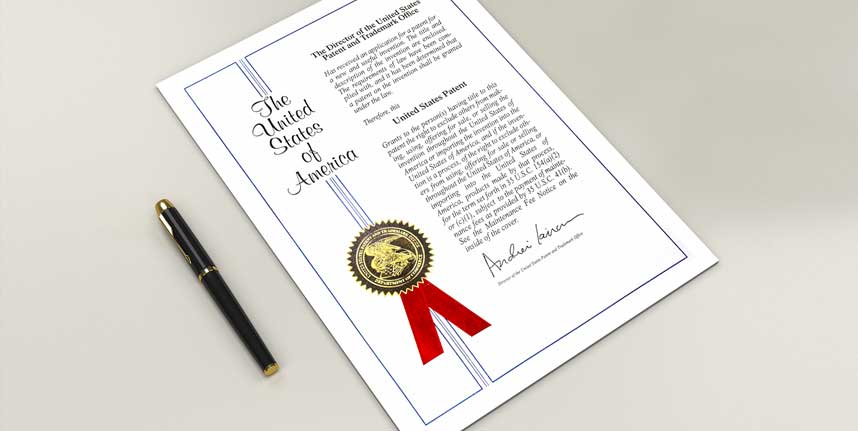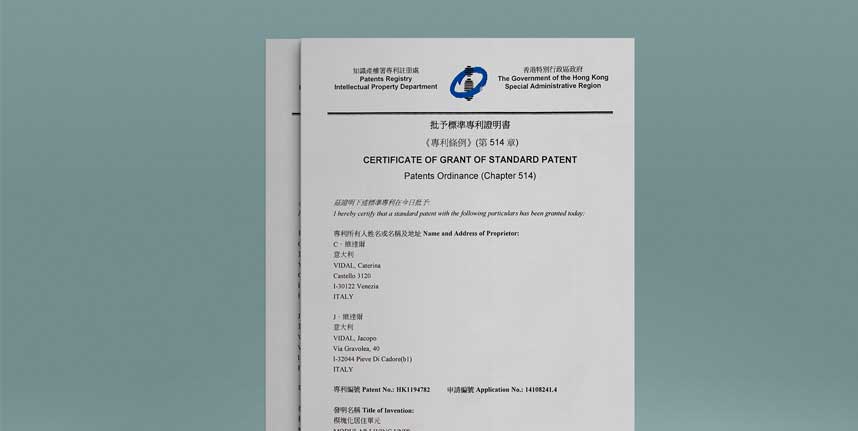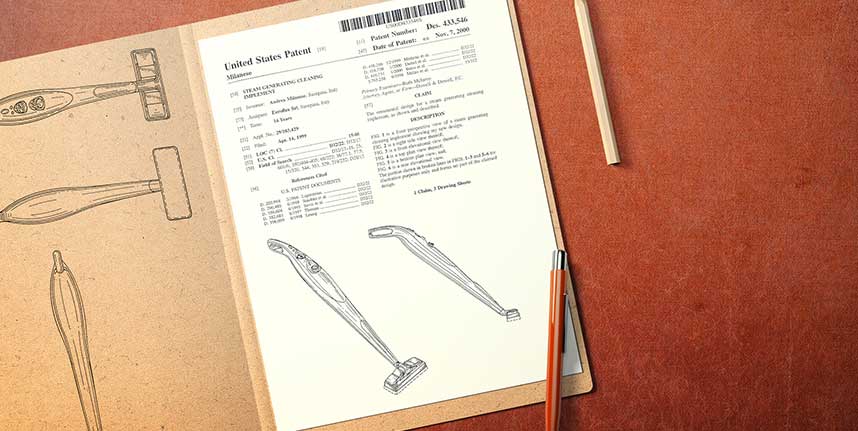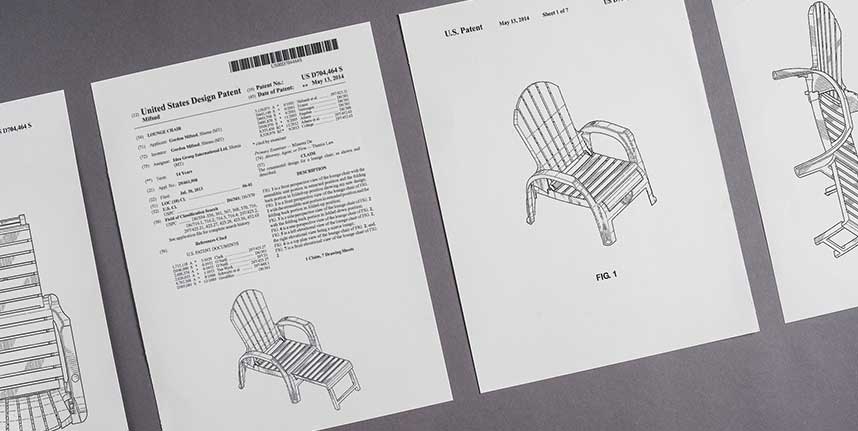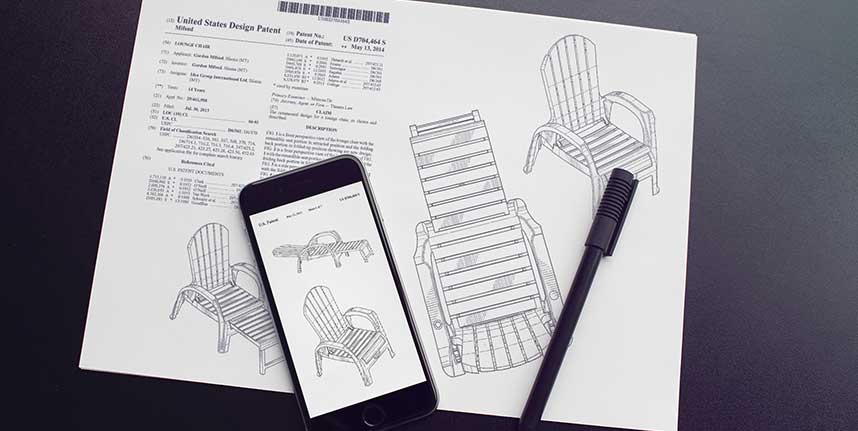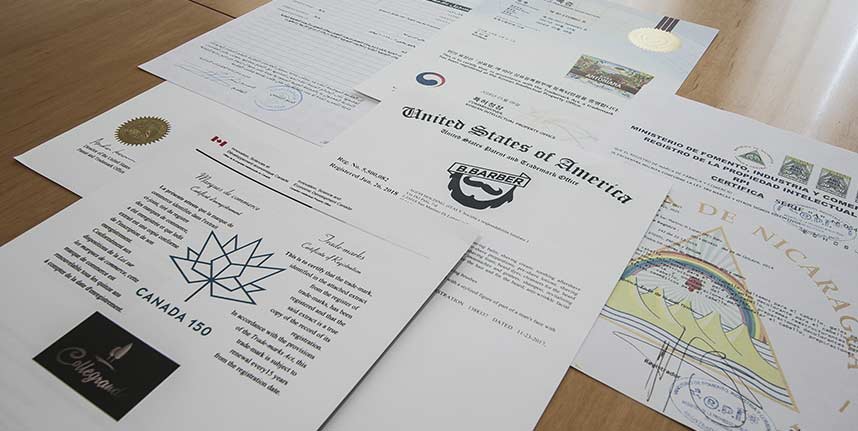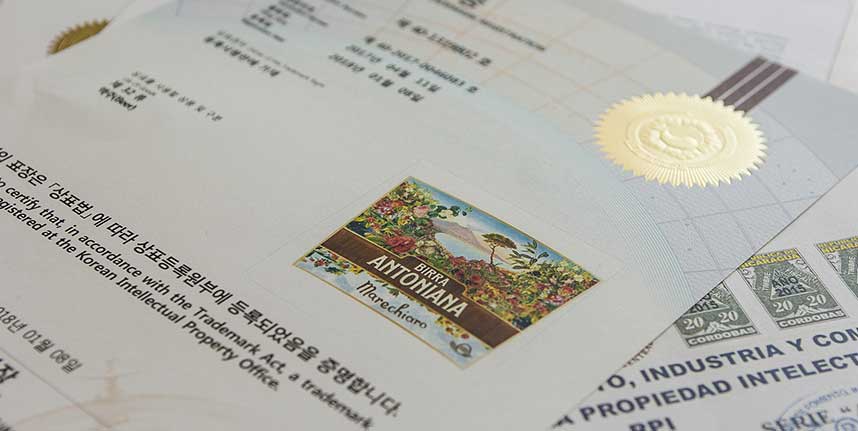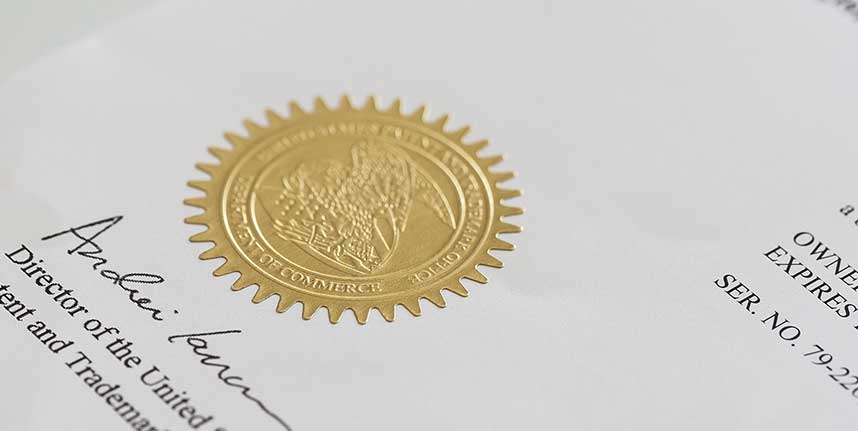Once a trademark application has been submitted, it is preliminarily evaluated by the Italian Trademark and Patent Office (UIBM), which verifies if it meets the requirements and assigns it a filing number.
Having passed the first preliminary evaluation, the mark is published in the Bollettino Marchi (Trademark Bulletin) and is thus made known to the public, including the owners of similar earlier trademarks. In the case where the latter find significant similarities between their mark and the new mark application, they have 3 months to oppose the registration by opening an administrative procedure before the Italian Trademark and Patent Office (UIBM), where they can claim their previously established proprietary rights.
If no objections are filed within 3 months from the date of the aforementioned publication, the mark will be registered, otherwise, the so-called opposition procedure will begin, which could lead to the refusal to register the mark in question. These procedures are managed by our legal experts.
Once registered, an Italian trademark is valid for 10 years, after which it can be renewed.
Under penalty of forfeiture, the holder must actually start using the trademark for the goods or services for which it was registered within five years of registration, and such use cannot be suspended for an uninterrupted period of five years of registration, unless the non-use is justified by a legitimate reason.
The owner of a registered trademark has the exclusive right to use it and has the right to prohibit third parties from using the following in their business activity:
- any sign that is identical to its trademark for identical goods/services;
- any sign that is identical or similar to its trademark for similar products/services and can thus cause confusion for the consumer;
- any sign that is identical or similar to its trademark also for goods or services which are not similar, where the registered mark has acquired a reputation and the use of the sign in question would give the third-party user an undue advantage.
Relevant regulation: Italian Legislative Decree no. 30 of 10 February 2005 (Industrial Property Code).




